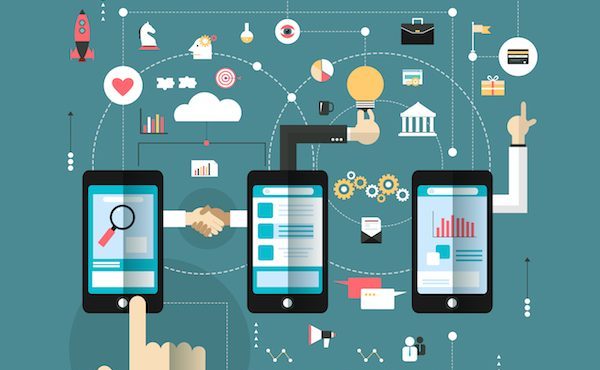Citizen engagement is a large part of how success is defined in government, particularly on the state and local levels.
Of course, then, it makes sense to take a citizen-centric approach when considering how government can modernize. In GovLoop’s 5th annual State and Local Virtual Summit, Dan Kempton, Director of Product Management & Engineering, State of North Carolina, and Temujin Baker, IT Enterprise Manager, King County, Washington, gave insight into what they’ve been doing and things to consider when taking a citizen-centered approach.
Baker pointed out that trust is an enormous part of the citizen-centered approach.
“In times of disaster, people look to government,” said Baker, responding to the effect of hurricane Florence. “Making sure our systems are reliable, highly available, geographically diverse. When things happen, people look to their government for help and it’s vitally important that we are there.”
He continued on to explain the need for trust on a daily basis.
“Being government, a lot of our data is subject to public disclosure,” said Baker, “but we also have health data, criminal justice data, [etc.] so making sure that we protect [citizen’s] data is part of that trust.”
He also emphasized the importance of modernizing government services to match the growing expectations of citizens.
“People can work with the county the same way they work with other services in their lives,” said Baker. He gave an example from King County of enabling citizens to pay for services using debit and credit cards, as well as an E-debit system for online transactions. While it might seem like a basic step, it’s a large component of providing quality digital services to citizens.
When asked about some of the challenges regarding providing these services, Kempton and Baker both noted that money is often a key piece.
“If we can make things more cost-effective,” said Kempton, “then our agencies can take the money and add more services for citizens.”
Baker agreed, saying that it is important to be able to articulate what it is that modernized IT systems can deliver to justify the costs.
“Together, [IT and business] need to make it clear to budget authorities both the benefits of moving forward and the costs and risks of not moving forward,” said Baker. “Not upgrading a system is risky. It adds risks and complexity when you have aging systems that are prone to failure.”
Kempton also spoke to the importance of clarifying what it is that can be supplied by modernizing for citizens.
“We do not advertise or tout what we do for our agencies well enough,” he said. “While they see the bill, they may not understand all the things going on behind it.”
In addition to these challenges, when polled during the training, 55.7 percent of respondents indicated that budget, workforce and technology were all barriers that they face when trying to implement new digital services for citizens. Only 4.9 percent said that they didn’t face any of those challenges.
With so many issues to consider when attempting to modernize, Kempton suggested that reflection is crucial, citing the recent example of next steps after hurricane Florence.
“One of the things we did when we saw this coming was we went into our major incident program and, after running that for a week, created a long list of lessons learned within our processes and data center,” he said. “Going through that, let’s us try to figure out [how we can improve].”
As state and local governments continue to push toward citizen-centric services, these are just some of the considerations to be made. But through clear communication about the advantages, strong reflection and evaluation, and trust, constituents and government alike will see the benefits.
This recap is just one of our articles from the 2018 State and Local Summit. Be sure to read all our coverage here and sign up for our next virtual summit!
